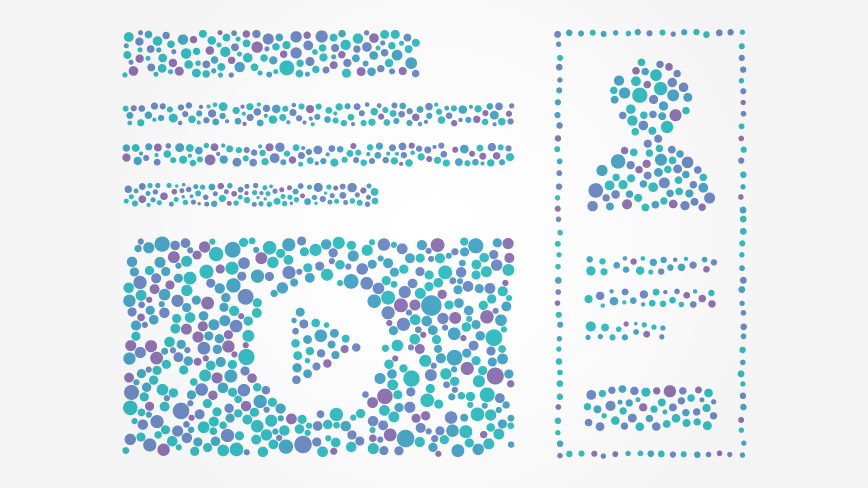Content marketing has found new footing in an era where obtaining data on audience engagement and creative preferences can make it more effective than ever.
Boredom is officially over. People now have access to all types of entertainment at a moments notice, be it through social media, streaming video, engaging online articles, or uploaded art forms of all types. As internet use continues to climb, online content has exploded as the dominant form of entertainment, surpassing any category of traditional media, including broadcast TV. While television still remains popular, people often have a “second screen” in hand while they watch. Non-digital media, like print magazines and newspapers, have slid by the wayside compared to their web-hosted counterparts.
Collectively, the average person consumes around 5 hours and 50 minutes of total digital content a day, including both content created exclusively for entertainment purposes and branded content used as a component of marketing campaigns. The majority of this digital content is consumed on mobile, likely owed to both on-the-go and second screen consumption, leading many to feel “addicted” to their device.
For brands creating content specifically to draw inbound customer leads, this prolific digital consumption uncovers a gold mine of opportunity. Some 90% of companies report using branded content production as a means to attract audiences and, frequently, convert them to a further step in the sales pipeline.This type of marketing-focused content differs from material created by casual users or by people explicitly trying to entertain and get views.
Marketing through digital content creation works best for brands when used in conjunction with a data-backed strategy, where observations from data can drive optimization changes. Read on to discover more about how data can empower content marketing success, including how data can drive inspiration, connect content within other channels, lead to higher quality content overall, and help propel the future as the way we consume content changes.
Data Brings Inspiration to the Rising Tide of Video Content
If “content is king,” video reigns as supreme emperor. Experts predict that 80% of all web traffic will be video content by 2019. When it comes to branded content marketing, 64% of people are more likely to purchase a product online after watching a video about it, spurring 87% of online marketers to use inbound-focused video content in their digital marketing strategy.
Initially, video content posed a challenge to data-based analysis, but advanced technology like computer vision has changed that. Computer vision can break down videos or images into their individual parts, analyzing them to assign meta-attributes, for instance, color, subject matter, and length. Facial recognition software can also track responses to video content in real time, helping brands measure the emotional impact in order to create more precisely defined experiences.
Through these types of insights, marketers can recognize engagement-driving patterns that may slip through the cracks of subjective observation. For instance, rather than basing video length on intuition, someone could predict the optimal length based on its relationship to completion rate or abandonment. Over time, marketing content creators could also learn how to refine the application of their audience’s creative preferences and/or popular video components, resulting in more effective content that stimulates people and keeps them engaged through more calculated and personalized palette choices.
Data Can Help Build New Content Marketing Realities for AR/VR
Many companies and tech analysts look to augmented reality (AR) and virtual reality (VR) as the next frontier for digital content. Both AR and VR have the potential to offer immersive branded experiences that do not just entertain but can also add value to people’s lives. One popular AR-based mobile game altered users’ everyday landscape and transformed their world into a new playground. This led gamers to make new friends, explore communities, and get more exercise, showing just one example of how a branded AR property can add to the overall quality of life.
Studying data from VR and AR experiences can help brands quickly mature in their use of the technology to provide truly transformative experiences. So far, many brands have had mixed success with discovering content that makes the best use of the technology and draws in viewers. However, triumphs like a 360° roller coaster video with 32 million views show that the potential for eyeballs is there. By looking to these successes, brands can lower their rate of failure and gradually establish best practices that help VR/AR experiences mature into mainstream hits.
By utilizing data-backed practices, marketers can not only optimize content creation over time to help them achieve their goals but can plan for the innovations of the future. In this way, age-old practices of craft and creativity can meet the digital age, where a larger quantity of content is created and consumed than ever before.

